The Flower Duet from Léo Delibes’ opera Lakmé is a renowned soprano duet celebrated for its lyrical beauty and harmonic richness. Its enchanting melody has made it a favorite in classical music, often performed and adapted for various instruments. Available as a PDF, the sheet music offers accessibility for musicians worldwide, ensuring its timeless appeal endures across generations.
Background of the Flower Duet
The Flower Duet, also known as “Sous le dôme épais,” is a captivating soprano duet from Léo Delibes’ 1883 opera Lakmé. Composed in the late 19th century, it is a central piece in Act 1, showcasing lyrical elegance and harmonic beauty. The duet highlights the voices of Lakmé and Mallika as they sing by a river, creating an atmosphere of serenity. Its popularity extends beyond opera, with arrangements for various instruments like piano, saxophone, and viola. PDF sheet music is widely available, offering both free and paid versions, making it accessible to musicians globally. This duet remains a timeless classic, symbolizing the blend of vocal and instrumental artistry.
Popularity and Cultural Significance
The Flower Duet has transcended its operatic origins to become a cultural phenomenon, appearing in films, commercials, and media worldwide. Its ethereal melody evokes emotions, making it a popular choice for various adaptations. The duet’s PDF sheet music is sought after by musicians and educators, reflecting its enduring appeal. Its influence extends to modern music, with arrangements for instruments like saxophone and piano. This timeless piece continues to inspire artists and audiences alike, solidifying its place in both classical and contemporary music culture. Its availability in PDF format ensures its accessibility for future generations of musicians.
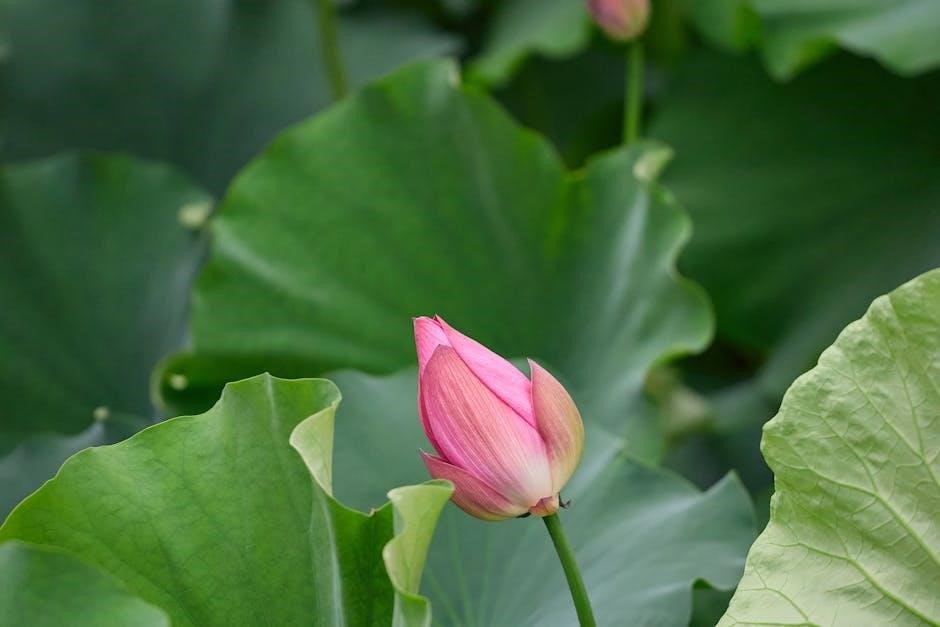
Composition and Structure
The Flower Duet is a lyrical soprano duet from Lakmé, showcasing intricate harmonies and melodic beauty. The PDF sheet music highlights its structure, designed for two sopranos, emphasizing vocal blend and musical expression.
Musical Elements and Arrangement
The Flower Duet features lush harmonies and a serene melody, arranged for two sopranos. The PDF sheet music reveals intricate vocal interplay and a flowing structure, enhancing its lyrical beauty. Delibes masterfully blends orchestral and vocal elements, creating a piece that is both delicate and powerful. The arrangement highlights the duet’s emotional depth, making it a beloved choice for classical performances and adaptations. Musicians can explore its nuances through various instrumental arrangements also available in the PDF format, ensuring its timeless appeal across different musical settings and interpretations.
Original Key and Tempo

The Flower Duet is originally composed in the key of B major, with a tempo marked as “poco rall,” creating a serene and flowing atmosphere. The PDF sheet music reflects this, providing clear notation for musicians to maintain the piece’s intended pacing and pitch. The duet’s original key and tempo are essential to preserving its lyrical and harmonic balance, allowing vocalists and instrumentalists to interpret the music as Delibes envisioned. This adherence to the original structure ensures the duet’s emotional depth and beauty shine through in performances.
Instrumentation and Vocal Parts
The Flower Duet is primarily scored for two soprano voices, showcasing their vocal interplay and harmonic blend. In addition to the vocal parts, the PDF sheet music often includes accompaniment arrangements for piano, orchestral ensembles, or chamber groups. Versions for saxophone quartets, alto saxophones, and violas are also available, demonstrating its adaptability. The instrumentation supports the duet’s lyrical nature, whether performed vocally or instrumentally, ensuring its beauty resonates across various interpretations. This versatility makes the duet accessible to a wide range of musicians and ensembles, preserving its timeless appeal in diverse settings.
Historical Context
Composed by Léo Delibes in 1883 for his opera Lakmé, the Flower Duet is a timeless piece symbolizing beauty and elegance, originating from French operatic tradition.
Opera Lakmé and Its Creation
Léo Delibes composed Lakmé in 1883, an opera set in British-colonial India, exploring themes of love and cultural conflict. The libretto, written by Edmond Gondinet and Philippe Gille, draws inspiration from Pierre Loti’s novel Le Mariage de Loti. The opera premiered at the Opéra-Comique in Paris, quickly gaining acclaim for its exotic setting and lyrical music. The Flower Duet emerges in Act 1, showcasing the friendship and harmony between Lakmé and her servant Mallika. Its melodic beauty and delicate arrangement highlight Delibes’ mastery of operatic composition, making it one of his most celebrated works. The duet’s original key, B major, and soprano vocal arrangement further emphasize its elegance and appeal to performers and audiences alike. As a PDF, the sheet music remains accessible, preserving its timeless charm for future generations.
Léo Delibes and His Contribution
Léo Delibes, a French composer, is renowned for his operas and ballets, with Lakmé being one of his most celebrated works. His compositional style blended lyrical beauty with exotic themes, capturing the essence of 19th-century French opera. Delibes’ contribution to classical music is significant, as he elevated the operatic duet form through pieces like the Flower Duet. His meticulous attention to vocal harmony and orchestration created timeless masterpieces. The availability of the Flower Duet PDF ensures that his work remains accessible to modern musicians, preserving his legacy and allowing future generations to appreciate his artistry.
Evolution of the Flower Duet Over Time
The Flower Duet has evolved significantly since its debut in Delibes’ opera Lakmé. Originally composed for two sopranos, it has been transcribed for various instruments, including piano, violin, and saxophone. Its adaptability has led to numerous arrangements, from classical ensembles to modern instrumental interpretations. The duet’s popularity in films, commercials, and media has further cemented its place in cultural consciousness. Today, the Flower Duet PDF is widely available, offering musicians diverse versions to suit their preferences. This evolution underscores its timeless appeal and versatility across genres and generations.

Sheet Music and PDF Availability
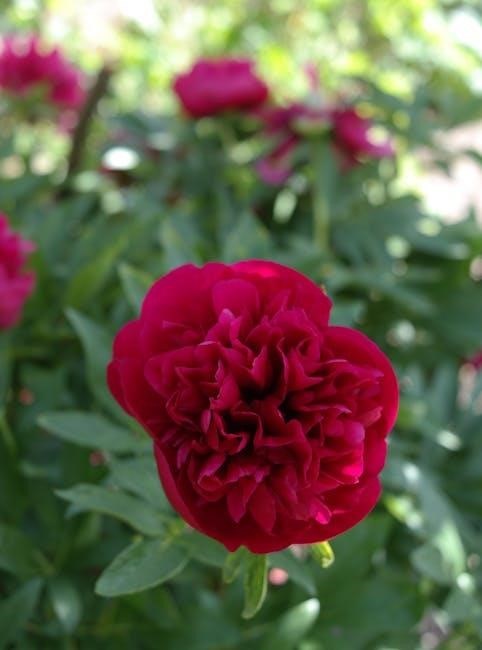
The Flower Duet PDF is widely accessible online, offering various arrangements for instruments like piano, violin, and saxophone. Both free and paid versions are available, catering to musicians of all levels. Websites such as Sheet Music Direct and Music-Scores provide high-quality downloads, ensuring easy access to this beloved piece. This availability has made the duet a staple in classical and contemporary repertoires, fostering its enduring popularity worldwide.
Where to Find the Flower Duet PDF
The Flower Duet PDF can be easily found on platforms like music-scores.com, 8notes.com, and Sheet Music Direct. These websites offer high-quality downloads, often in multiple arrangements, including piano, violin, and alto saxophone versions. Some sites provide free versions, while others offer paid options with additional features. For instance, music-scores.com offers a piano-vocal arrangement, while Sheet Music Direct includes a big note piano version. Additionally, forums and music communities often share links to downloadable PDFs, making it accessible for musicians worldwide. This widespread availability ensures the piece remains a popular choice for performers and enthusiasts alike.
Free vs. Paid Sheet Music Options
The Flower Duet PDF is available in both free and paid versions, catering to different needs. Free versions, often found on websites like music-scores.com and 8notes.com, provide basic sheet music suitable for personal use or beginners. These may lack advanced features but are cost-effective for those exploring the piece.
Paid options, available on platforms like Sheet Music Direct, offer higher-quality prints, multiple instrument arrangements, and additional resources. These are ideal for professionals or enthusiasts seeking precise notation and versatility. While free versions suffice for casual use, paid alternatives ensure superior quality and support for detailed performances.
Arrangements for Different Instruments
The Flower Duet is available in arrangements for various instruments, offering versatility for musicians. Versions for viola, alto saxophone, piano, and even marimba can be found in PDF format. A notable arrangement by Kenichi Koda for saxophone quartet adds a contemporary twist. Additionally, adaptations for solo instruments like the violin and ensemble settings, such as handbell arrangements, expand its accessibility. These arrangements cater to different skill levels, from beginner-friendly scores to complex interpretations for advanced performers. The PDF files allow easy access and printing, making the duet adaptable for diverse musical settings and preferences.

Performance and Interpretation
The Flower Duet demands precise vocal techniques and harmonious blending of soprano voices. Its lyrical nature requires expressive phrasing and emotional depth, while instrumental adaptations maintain its melodic charm. Performers often emphasize dynamic control and legato playing to preserve its elegant, flowing character, ensuring a captivating experience for audiences. Proper interpretation highlights the duet’s timeless beauty and emotional resonance, making it a beloved piece in classical music repertoire.
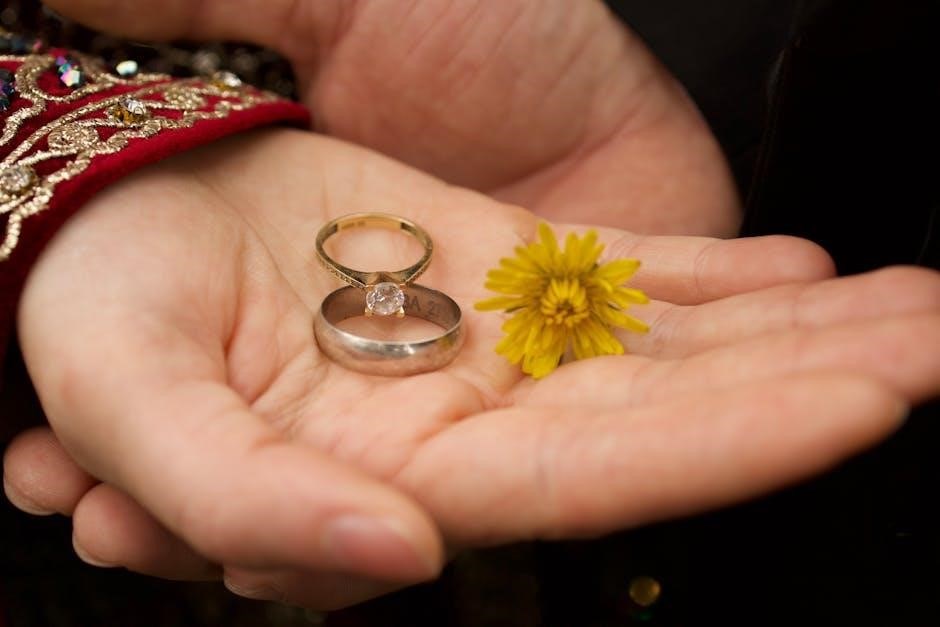
Performance Tips for Musicians
Performing the Flower Duet requires precise vocal techniques and harmonious blending of soprano voices. Musicians should focus on expressive phrasing, dynamic control, and legato playing to maintain its lyrical flow. Proper breath support and diction are essential for clarity, while attention to tempo ensures a cohesive performance. Instrumentalists adapting the piece should emphasize melodic clarity and balance. Practicing individually before duet rehearsals helps refine nuances, and studying the score thoroughly is crucial for accurate interpretation. Capturing the duet’s elegance and emotional depth ensures a polished and engaging performance for audiences.
Vocal Techniques for Soprano Duets
Mastering the Flower Duet demands refined soprano techniques, including precise intonation, seamless blending, and expressive phrasing. Singers should employ legato singing for a smooth, connected sound, while maintaining clear articulation. Breath control is crucial for sustaining long phrases, and dynamic contrast adds emotional depth. Pitches must be accurately matched to ensure harmonic unity. Practicing in unison before separating into duet parts helps establish a cohesive tone. Emphasizing resonance and vibrato control enhances the lyrical quality, making the duet a showcase of vocal artistry and collaboration. These techniques ensure a captivating and polished performance of this beloved soprano duet.
Instrumental Adaptations and Variations
The Flower Duet from Lakmé has been beautifully adapted for various instruments, showcasing its universal appeal. Arrangements for alto, saxophone quartet, piano, guitar, and flute are widely available as PDF downloads. These versions retain the original’s lyrical essence while offering unique interpretations. For instance, the saxophone quartet arrangement by Kenichi Koda highlights the piece’s harmonic richness, while piano and guitar adaptations provide intimate renditions. Additionally, arrangements for marimba and vibraphone introduce a contemporary percussive flair. These instrumental variations demonstrate the duet’s adaptability, allowing musicians to explore its beauty across diverse instrumental settings while maintaining its timeless charm and elegance.
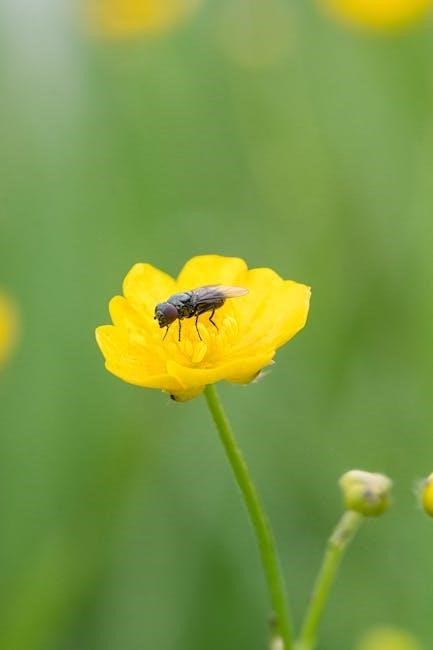
Cultural and Artistic Impact
The Flower Duet from Lakmé has left an indelible mark on global culture, featured in films, commercials, and popular media, making it instantly recognizable and deeply cherished worldwide.
Use in Film, Television, and Media
The Flower Duet has been widely featured in various media, enhancing emotional scenes in films, TV shows, and commercials. Its serene and evocative melody creates a captivating atmosphere, making it a popular choice for soundtracks. The duet’s adaptability has allowed it to resonate across different genres, from classical arrangements to modern instrumental interpretations. Its presence in media has introduced the piece to new audiences, ensuring its enduring appeal and cultural relevance in contemporary times.
Flower Duet in Modern Music
The Flower Duet continues to inspire modern musicians, with arrangements for saxophone quartets, alto sax, and piano showcasing its timeless appeal. Its melody has been reimagined in contemporary styles, blending classical elegance with modern instrumentation. The duet’s versatility allows it to fit seamlessly into various genres, from instrumental adaptations to electronic remixes. Its availability as a PDF ensures accessibility for artists to explore and reinterpret the piece, keeping it relevant in today’s musical landscape while preserving its original charm and beauty.
Influence on Classical and Contemporary Music
The Flower Duet has profoundly influenced both classical and contemporary music, with its harmonious structure and melodic grace inspiring countless composers. Its adaptation for various instruments, such as viola and marimba, demonstrates its versatility and enduring appeal. The duet’s presence in modern arrangements, including electronic remixes, highlights its ability to transcend time and genres. As a result, it remains a cornerstone of classical music while also shaping contemporary works, ensuring its legacy as a timeless piece. Its widespread availability as a PDF further facilitates its influence across diverse musical styles and generations.
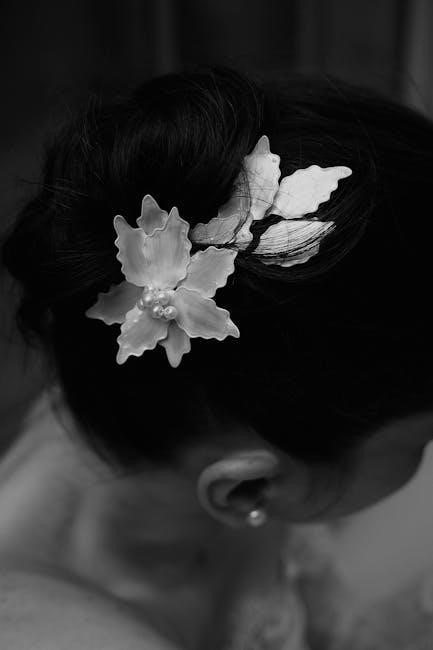
Downloading and Printing
The Flower Duet PDF is easily accessible online, available for download from platforms like Musicnotes and Sheet Music Direct. Printing the sheet music ensures high-quality performance preparation.
Steps to Download the PDF
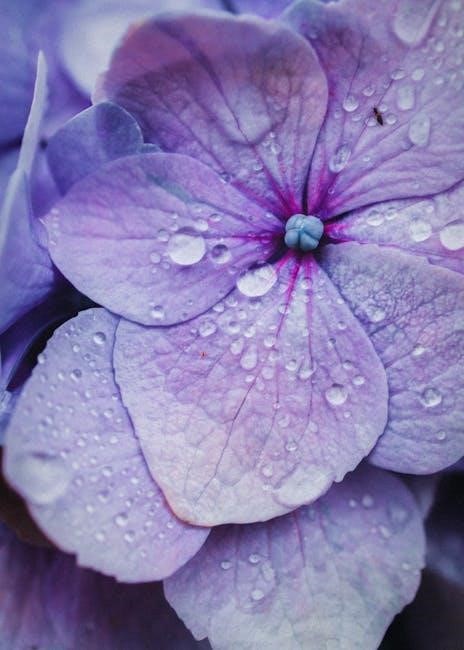
To download the Flower Duet PDF, visit reputable platforms like Musicnotes or Sheet Music Direct. Search for “Flower Duet from Lakmé” to find the sheet music. Select your preferred arrangement, such as piano-vocal or instrumental versions; Create an account or log in if required. Purchase or download the free version if available. Once purchased, navigate to your account’s download section and click the provided link. Save the PDF to your device for easy access. Ensure your printer is ready for high-quality output to print the sheet music seamlessly.
Printing and Binding the Sheet Music
For a professional finish, print the Flower Duet PDF on high-quality paper, ideally 24 lb or 80 gsm, to preserve the clarity of musical notation. Use standard sheet music size, such as A4 or letter. Ensure your printer settings are calibrated for the best results. For binding, consider using a spiral coil or three-ring binder to keep the pages secure and easy to flip. Add margins to prevent notes from being cut off during printing. Double-sided printing saves paper and maintains the sheet music’s organization. Properly aligned and bound sheets ensure a polished presentation for performance or practice.
Legal Considerations for Sheet Music Use
Using the Flower Duet PDF requires adherence to copyright laws. While Léo Delibes’ original composition is in the public domain, specific arrangements may be copyrighted. Ensure that the PDF you use is either in the public domain or licensed for your intended purpose. Free versions may be available for personal use, but distributing or performing publicly may require permissions. Always verify the source and licensing terms to avoid legal issues. Purchasing from reputable platforms ensures compliance and supports creators. Respect intellectual property rights to maintain the integrity of musical works and their adaptations.
The Flower Duet remains a timeless masterpiece, its beauty and elegance captivating audiences globally. Its availability as a PDF ensures accessibility for musicians and enthusiasts alike, preserving its cultural and artistic legacy for future generations.
Final Thoughts on the Flower Duet
The Flower Duet from Lakmé is a timeless musical gem, cherished for its lyrical beauty and emotional depth. Its availability as a PDF ensures that musicians and enthusiasts can easily access and perform this piece, preserving its legacy. The duet’s enchanting melody and harmonic richness continue to inspire adaptations across various instruments, making it a staple in classical music repertoire. Its enduring popularity is a testament to Léo Delibes’ mastery, ensuring that this piece remains a beloved choice for generations to come, both in its original form and through modern interpretations.
Recommendations for Further Exploration
Exploring the Flower Duet further can deepen your appreciation of its beauty and significance. Consider delving into the full opera Lakmé to understand the duet’s context within the story. Consider exploring the PDF sheet music, which offers insights into the composition. Additionally, listening to various adaptations across instruments can highlight its versatility. Exploring the cultural impact of the duet in films and media can also provide a broader perspective. Finally, experimenting with your own interpretations or arrangements can foster a personal connection to this timeless piece. These steps enrich your understanding and enjoyment of the Flower Duet.
